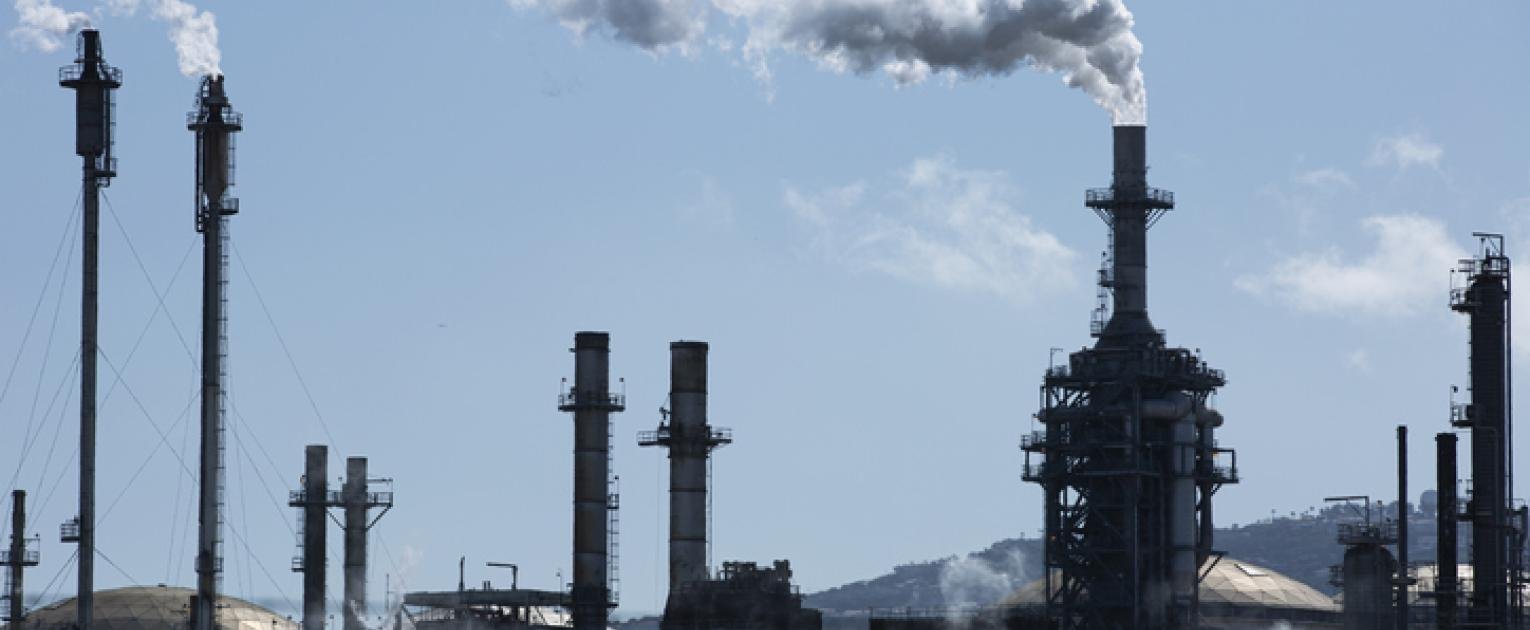The US Environmental Protection Agency announced three new regulations at the beginning of the year to aid in achieving the legislative objectives of the Clean Air Act.

The US Environmental Protection Agency announced three new regulations at the beginning of the year to aid in achieving the legislative objectives of the Clean Air Act. Regulations are aimed at greenhouse gas emissions and dangerous air pollutants.
Three regulations affecting the US power industry have been made public by the US Environmental Protection Agency (EPA), all of which are in compliance with Clean Air Act requirements. The “Good Neighbor Plan,” the first, aims to address nitrogen oxide emissions caused by wind that blows across state boundaries.
The Mercury and Air Toxics Standards, the second proposal, examines and modifies current regulations. The third proposal, which has not yet been given a name, restricts power plant greenhouse gas emissions.
Resources for the Future (RFF) recently hosted a panel discussion with three experts to discuss the details, context, and effects of the proposed regulations as well as the next steps to be taken in the process of developing new regulations.
Good Neighbor Plan Aims to Reduce Traveling Emissions
The EPA is required by the Clean Air Act to establish air-quality standards for dangerous pollutants, such as ground-level ozone. A regulated pollutant called nitrogen oxide is created when industrial processes and power plants release it. With the Good Neighbor Rule, the EPA has specifically targeted these emitters.
Some states set emission limits for nitrogen dioxide and adhere to EPA air quality standards locally. Wind emissions that travel, however, have the potential to exceed established limits in other states.
The Good Neighbor Plan mandates that all states cut back on downwind pollution in an effort to address this problem. The Maryland Department of the Environment’s Chris Hoagland, director of air and radiation, emphasises the significance of addressing travel-related emissions and making sure that air quality standards are met.
Of these three rules, only the Good Neighbor Plan has been officially finalised by EPA. The law became operative in May of this year.
Revised Mercury Rule Pinpoints Lingering Sources of Pollution
Due to mercury’s negative effects on human health, the EPA regulates a variety of pollutants through the Mercury and Air Toxics Standards. Mercury emissions from US power plants decreased by 90% between 2008 and 2020.
Though there are still variations in mercury levels, particularly in North Dakota and Texas where brown coal, a significant source of pollution, is mined and burned, these differences are particularly pronounced.
Elsie Sunderland, a professor at Harvard University, said during the occasion that “EPA has had weaker standards for lignite coal in earlier iterations of the Mercury and Air Toxics Standards.” “The proposal would make those regulations stronger.”
According to Sunderland, the benefits of mercury regulation may exceed what the EPA has predicted. More thorough estimates of these benefits might be needed to support this proposal in court. Up until June 23, 2023, EPA will accept public comments on the proposal.
Greenhouse Gas Regulation Balances Legal Challenges and Technological Feasibility
The Clean Air Act mandates that the EPA regulate greenhouse gas emissions, but prior attempts by the agency to do so have run afoul of the law.
A rule that was revoked by a US circuit court in 2021 would be replaced by the new proposal. Carrie Jenks stated during the event that “EPA also had to consider the 2022 Supreme Court decision in West Virginia v. EPA.” Jenks is the program’s executive director at Harvard Law School’s Environmental and Energy Law Program. The decision limited the EPA’s ability to control greenhouse gas emissions.
According to the fuel type, frequency of electricity generation, and anticipated retirement dates of existing power plants, the EPA’s proposal focuses on practical, affordable strategies for reducing emissions. Standards for emissions during the switch to renewable energy sources are not established.
The proposed rule requires coal-fired power plants to capture 90% of their carbon dioxide emissions by 2030 if they plan to operate after 2040. By blending natural gas with hydrogen or using large natural gas plants, emissions standards can be met by 2035. By 2031, these plants must choose their course.
The new proposal’s strategy, which places more emphasis on the actions that specific power plants can take, is more in line with how the EPA has previously interpreted the Clean Air Act. That reassures people that the EPA is staying on course, in my opinion, said Jenks. The proposal is up for public comment until August 8, 2023, according to the EPA.
Contextualizing the Proposed Rules
Sunderland asserts that the suggested modifications to the Mercury and Air Toxics Standards are in line with the Biden administration’s emphasis on integrating climate policy and environmental justice.
“We want to think about the people who are most vulnerable to local pollution from utilities when we think about mercury,” she said.
The Inflation Reduction Act uses tax breaks and other financial incentives to encourage a change in how much electricity is produced and consumed.
The Good Neighbor Plan and regulations governing greenhouse gas emissions are also supported. Through direct incentives, taxation, and regulation, the government tackles the enormous issue of climate change.
The government is using every tool at its disposal to combat pollution. The deployment might be made easier by the timing of rule announcements. Understanding various programmes across various pollutants can be helpful to state regulators and power plant operators. The EPA has been coordinating these programmes at the same time.